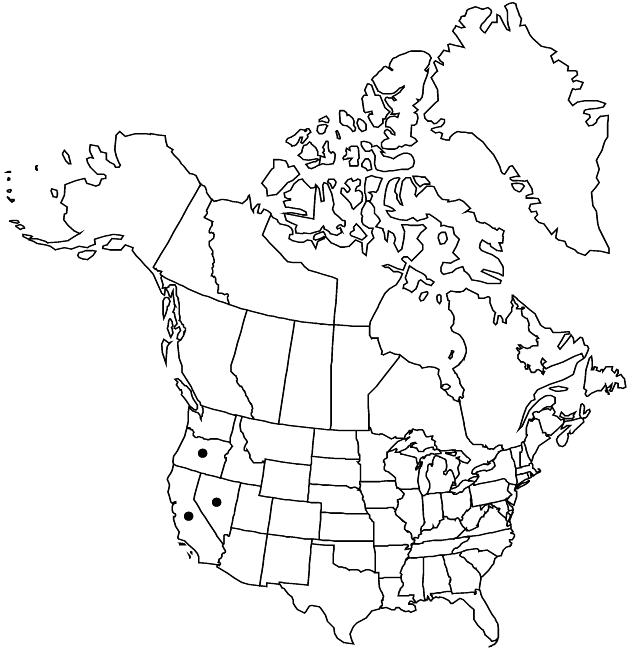Difference between revisions of "Senecio integerrimus var. major"
Aliso 4: 100. 1958.
Basionym: Senecio eurycephalus var. major A. Gray
Synonyms: Senecio lugens var. megacephalus Jepson Senecio mendocinensis A. Gray Senecio whippleanus A. Gray
FNA>Volume Importer |
FNA>Volume Importer |
||
| Line 14: | Line 14: | ||
|name=Senecio lugens var. megacephalus | |name=Senecio lugens var. megacephalus | ||
|authority=Jepson | |authority=Jepson | ||
| − | }}{{Treatment/ID/Synonym | + | }} {{Treatment/ID/Synonym |
|name=Senecio mendocinensis | |name=Senecio mendocinensis | ||
|authority=A. Gray | |authority=A. Gray | ||
| − | }}{{Treatment/ID/Synonym | + | }} {{Treatment/ID/Synonym |
|name=Senecio whippleanus | |name=Senecio whippleanus | ||
|authority=A. Gray | |authority=A. Gray | ||
| Line 35: | Line 35: | ||
|elevation=100–3600 m | |elevation=100–3600 m | ||
|distribution=Calif.;Nev.;Oreg. | |distribution=Calif.;Nev.;Oreg. | ||
| − | |discussion=<p>Variety major is most frequent in the Sierra Nevada, especially on the western slope; eastward, it passes into var. exaltatus.</p> | + | |discussion=<p>Variety major is most frequent in the Sierra <i>Nevada</i>, especially on the western slope; eastward, it passes into <i></i>var.<i> exaltatus</i>.</p> |
|tables= | |tables= | ||
|references= | |references= | ||
| Line 59: | Line 59: | ||
|publication year=1958 | |publication year=1958 | ||
|special status= | |special status= | ||
| − | |source xml=https://jpend@bitbucket.org/aafc-mbb/fna-data-curation.git/src/ | + | |source xml=https://jpend@bitbucket.org/aafc-mbb/fna-data-curation.git/src/8f726806613d60c220dc4493de13607dd3150896/coarse_grained_fna_xml/V19-20-21/V20_1234.xml |
|tribe=Asteraceae tribe Senecioneae | |tribe=Asteraceae tribe Senecioneae | ||
|genus=Senecio | |genus=Senecio | ||
Revision as of 15:18, 18 September 2019
Herbage usually copiously arachnose, tomentose, or villous at flowering. Leaves: basal and proximal cauline distinctly petiolate; blades (cauline) usually lanceolate to oblanceolate. Heads 6–12(–30+). Phyllaries linear-subulate, 8–12 mm, tips usually green, minutely, if at all, black. Ray florets usually 5; corollas yellow, laminae mostly 5–8 mm.
Phenology: Flowering spring.
Habitat: Openings in coniferous woodlands and woodland-sagebrush associations
Elevation: 100–3600 m
Distribution

Calif., Nev., Oreg.
Discussion
Variety major is most frequent in the Sierra Nevada, especially on the western slope; eastward, it passes into var. exaltatus.
Selected References
None.
Lower Taxa
None.